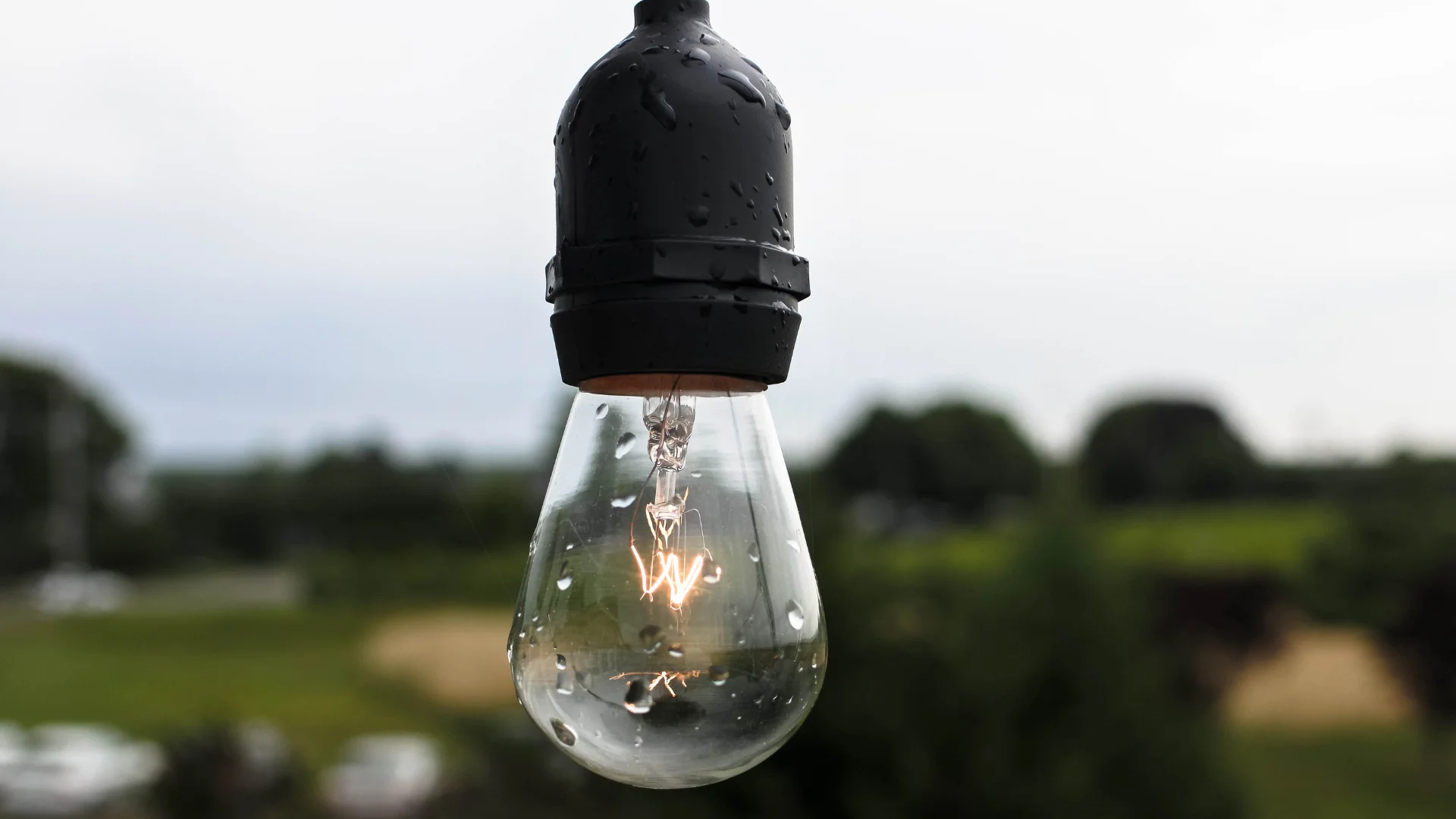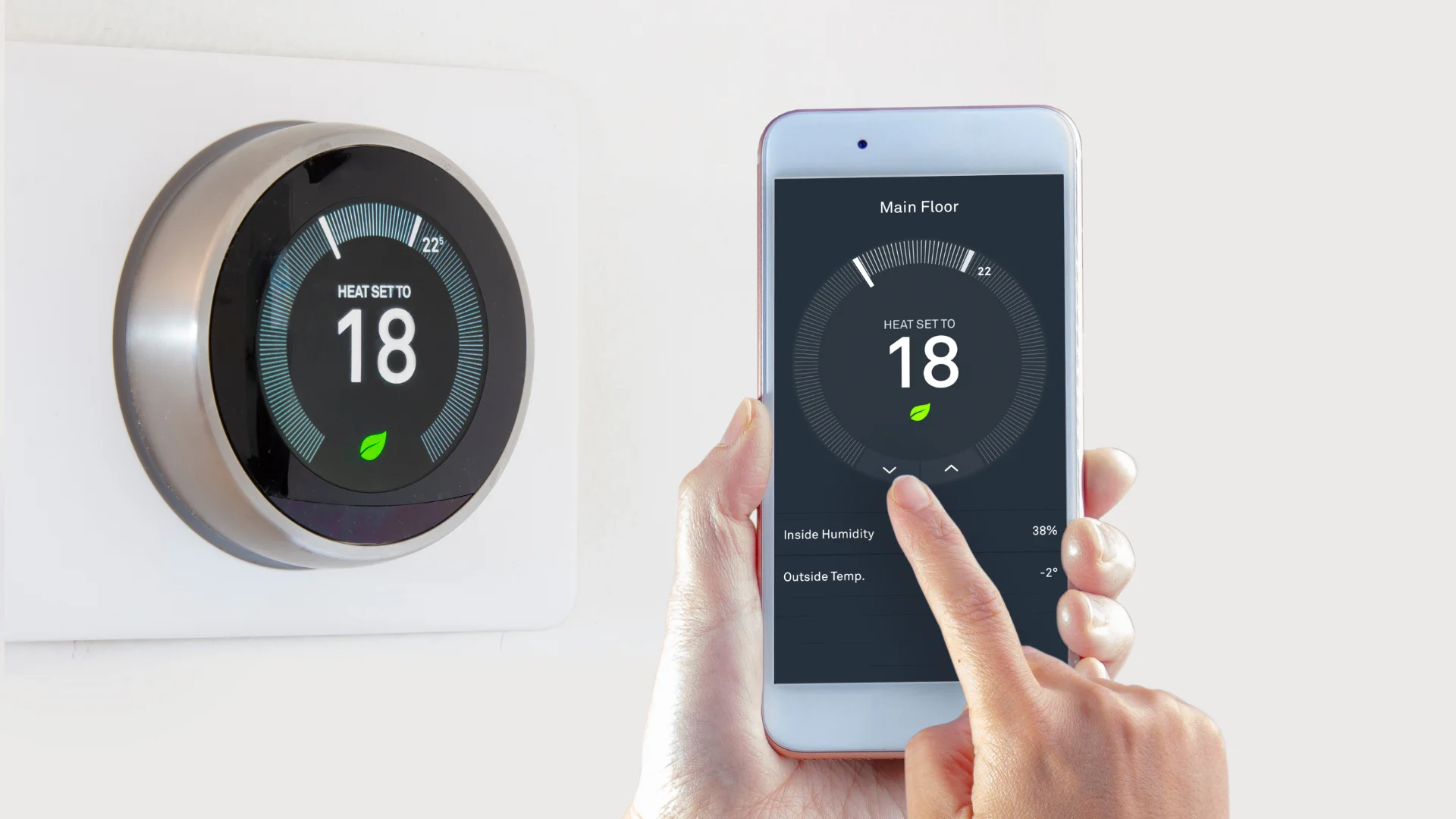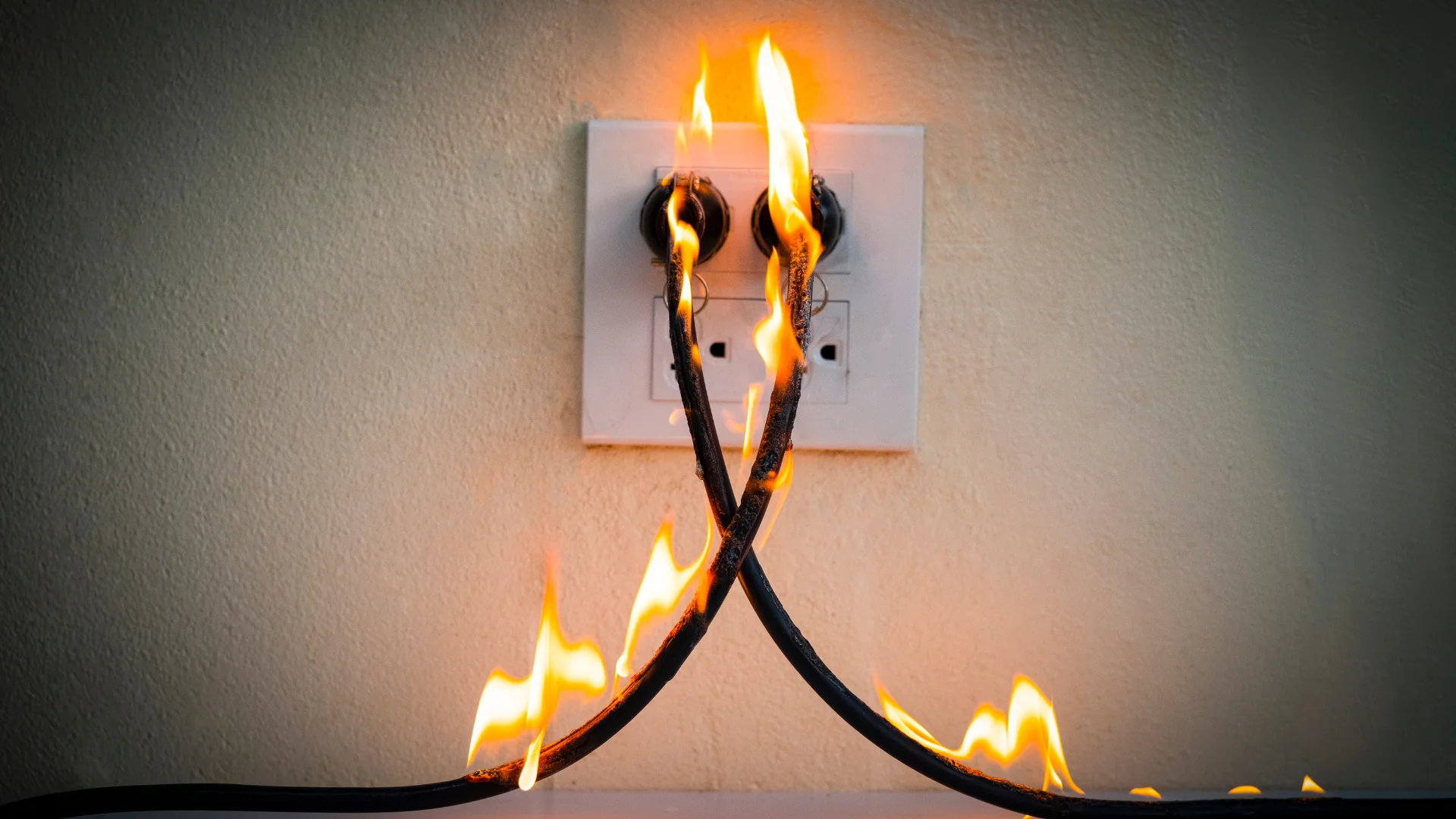Embarking on DIY electrical and custom home improvement projects can be a fulfilling and cost-effective way to enhance your living space. However, it requires careful planning, the right tools, a good understanding of safety practices, and knowledge of what you can legally and safely do yourself. This guide will provide an overview of everything you need to know, including who can undertake these projects, how to get started, average costs, recommended projects, tools needed, and safety precautions.
Who Can Do DIY Electrical Projects?
DIY electrical projects are not for everyone. While basic tasks like replacing light bulbs or installing simple fixtures can be handled by most homeowners, more complex tasks require a good understanding of electrical systems and adherence to local building codes. Generally, licensed electricians should handle any significant electrical work, especially those involving new circuits, service panels, or any modifications in wet areas like kitchens and bathrooms.
Getting Started with DIY Electrical Projects
- Planning: Before starting any project, plan your work carefully. Sketch out the wiring route, determine the placement of electrical boxes, and calculate the load for each circuit to avoid overloading.
- Research: Use reliable resources like DIY guides, online tutorials, and reference books. Websites such as The Family Handyman and DIY Network offer valuable tips and step-by-step instructions for various projects.
- Permits and Codes: Check local building codes and obtain necessary permits. This ensures your work is up to standard and legal.
Average Costs of DIY Electrical Projects
The cost of DIY electrical projects varies depending on the scope and complexity. Here are some average costs for common projects:
- Replacing a light fixture: $75 – $200
- Installing a new outlet: $100 – $300
- Upgrading an electrical panel: $1,000 – $3,000
- Running new wiring: $600 – $2,200
These estimates include materials and basic tools but exclude labor costs, which you save by doing the work yourself.
Recommended DIY Electrical Projects
- Easy Projects:
- Replacing Light Bulbs and Fixtures: Simple and safe for most homeowners.
- Installing Dimmer Switches: Adds functionality and ambiance.
- Setting Up Smart Home Devices: Easy integration with existing systems.
- Intermediate Projects:
- Adding New Outlets: Requires understanding of wiring but manageable with careful planning.
- Installing Ceiling Fans: Combines electrical and mechanical skills.
- Wiring a New Room: Ideal for home offices or additional bedrooms.
- Advanced Projects:
- Upgrading Electrical Panels: Should be done with professional guidance due to complexity and safety concerns.
- Installing Subpanels: Expands electrical capacity for home additions.
Tools and Materials Needed
For most DIY electrical projects, you’ll need the following tools and materials:
- Wire Strippers: For removing insulation.
- Pliers: For twisting wires.
- Voltage Tester: To ensure circuits are not live.
- Screwdrivers: For installing outlets and switches.
- Electrical Tape and Wire Nuts: For securing connections.
- Conduit: For protecting wires.
- Fish Tape: For pulling wires through walls.
These tools are available at hardware stores and online platforms. Investing in good quality tools is essential for safety and efficiency.
Safety Precautions
Safety is paramount in any electrical project. Here are key precautions to follow:
- Turn Off Power: Always shut off power at the breaker box before starting any work.
- Use Proper Tools: Only use tools designed for electrical work. Insulated tools can prevent shocks.
- Check for Live Wires: Use a voltage tester to ensure no current is flowing.
- Follow Codes and Regulations: Adhere to local building codes and regulations to ensure your work is safe and legal.
- Wear Safety Gear: Use gloves, goggles, and rubber-soled shoes to protect yourself.
- Avoid High-Risk Areas: Leave work in kitchens, bathrooms, and outdoor spaces to professionals due to the increased risk of electrocution.
Conclusion
DIY electrical and custom home improvement projects can be rewarding and cost-saving, but they require careful planning, the right tools, and a strict adherence to safety practices. While basic tasks can be handled by most homeowners, more complex projects should be left to professionals. By following the guidelines and using the resources provided, you can successfully enhance your home while ensuring safety and compliance with local regulations.







